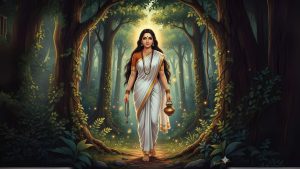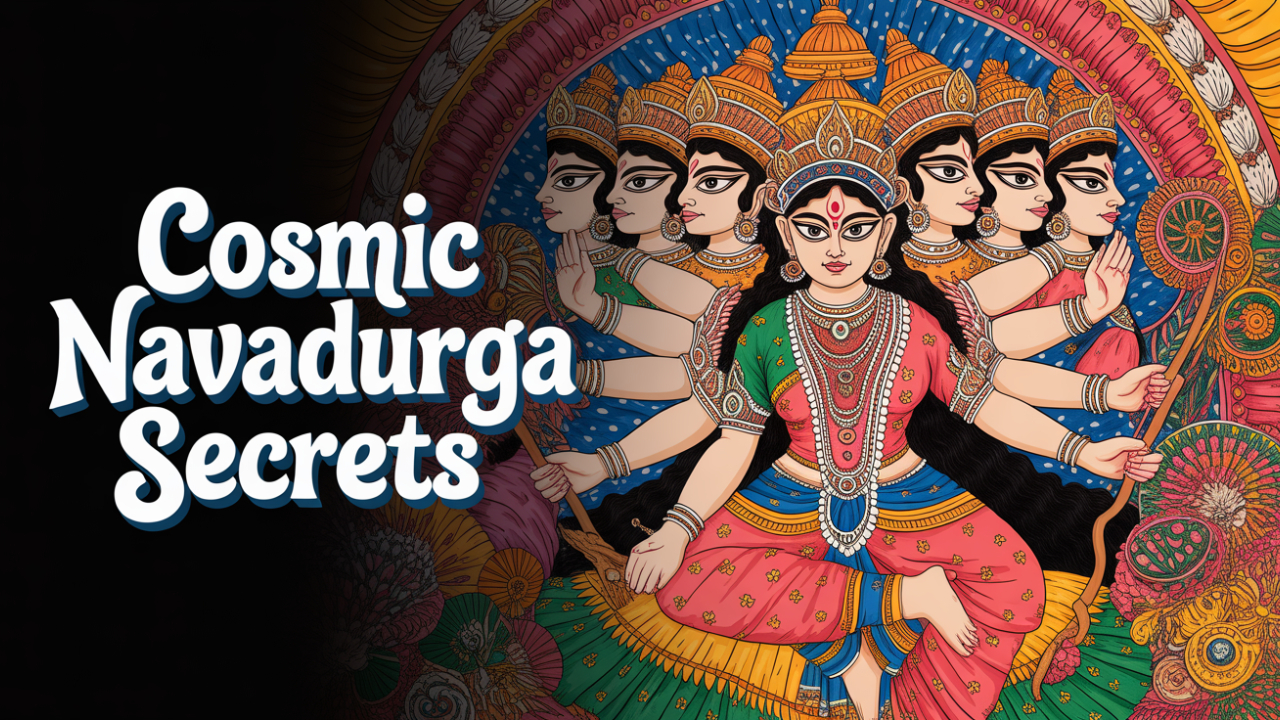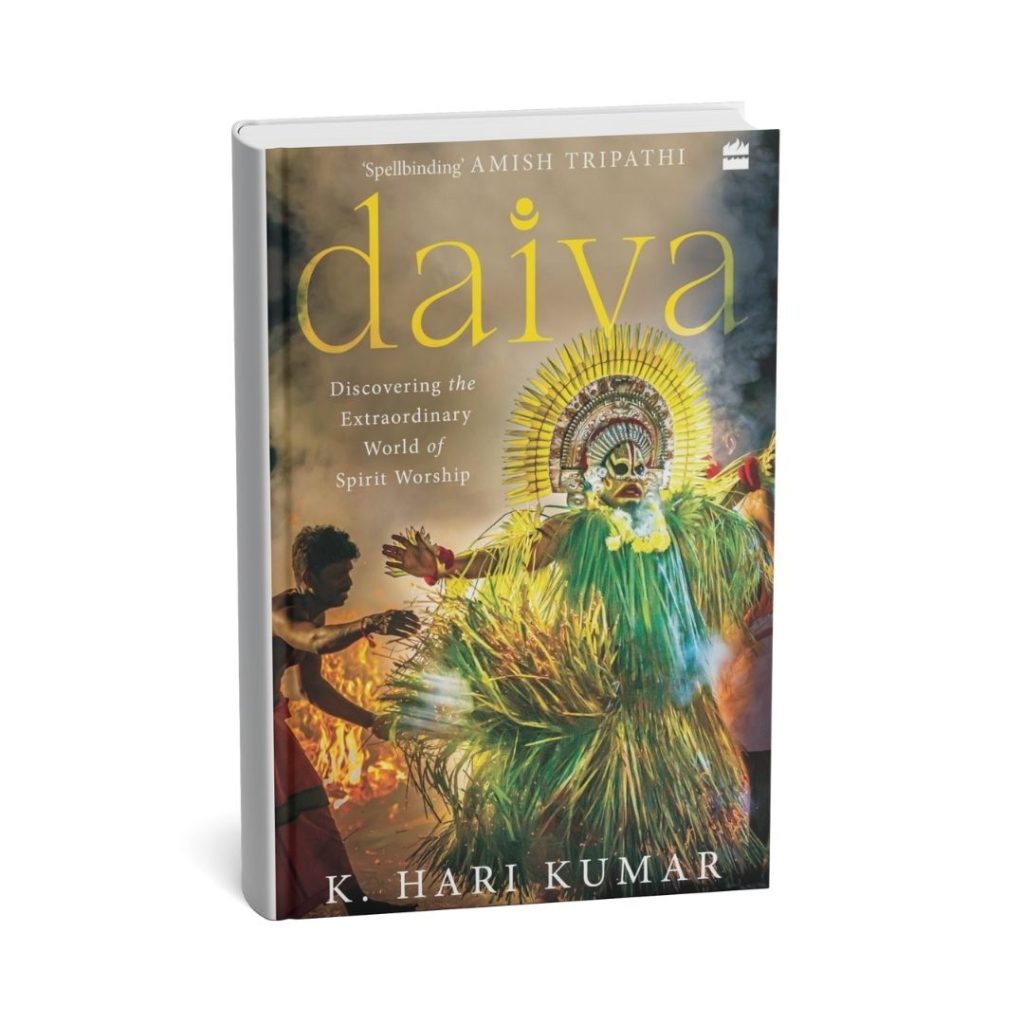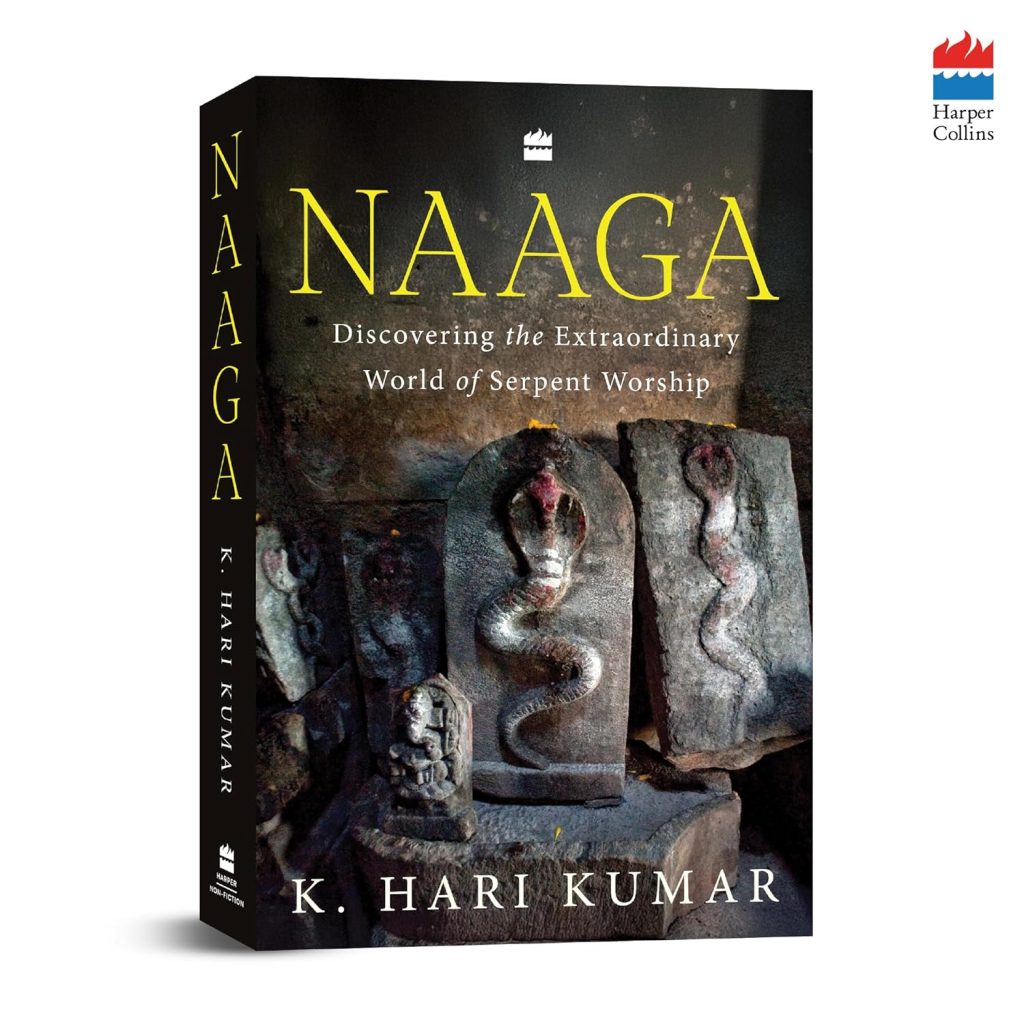For centuries, we’ve celebrated the nine nights of Navratri, honoring the nine glorious forms of Goddess Durga. You’ve probably heard the epic stories of her courage, her compassion, and her ultimate victory over evil. But what if the concept of Navadurga carry a deeper meaning? What if there’s another layer to this tradition?
Watch Full Episode on Chaturya – The Fourth State Youtube Channel:
These traditions suggest that during Navratri, the energies of the Navadurgas and these celestial bodies harmonize, magnifying their influence. This isn’t just about ancient rituals; it’s a chance for cosmic alignment. These nine sacred nights can become a roadmap to better understand the spiritual energies shaping our lives, from clearing out stubborn obstacles to attracting incredible prosperity. In the next few minutes, I won’t just retell the stories you know; we’ll explore these cosmic interpretations and show you how you can connect with their unique power. Before we dive into the individual forms, let’s understand Navadurga.
Understanding Navadurga
Navadurga refers to the nine divine manifestations of Goddess Durga, each worshipped on a specific day of Navratri. Rooted in ancient Hindu scriptures like the Devi Mahatmya (part of the Markandeya Purana), these forms represent the multifaceted aspects of the Divine Feminine, or Shakti. They embody the goddess’s journey from creation and nurturing to destruction of evil and ultimate enlightenment. Each form has its own iconography, story, and symbolic significance. Navadurga is not just a sequence of deities but a spiritual progression, guiding devotees through themes of strength, wisdom, and transcendence. This framework has evolved over time, blending Puranic legends with regional folklore, and in spiritual interpretations, it’s even linked to astrological influences for personal growth.
Day 1 – Shailaputri and The Moon
Our nine-night journey starts with Goddess Shailaputri, the “Daughter of the Mountain.” Her story begins with the tragic tale of Sati, the first wife of Lord Shiva, who immolated herself in her father Daksha’s sacrificial fire due to his insult toward Shiva.
Sati was then reborn as Parvati, daughter of Himavat, the king of the Himalayas, and his wife Mena. And that is why she is called Shailaputri, or daughter of the mountain. She embodies the raw essence of the earth and mountains, symbolizing nature’s unyielding strength, purity, and the promise of new beginnings. Riding a bull and holding a trident and a lotus, she represents grounded potential and the cycle of rebirth.
Now, here’s where the first cosmic connection comes in, according to some astrologers. Shailaputri’s energy is deeply linked to the Moon. The Moon governs our mind, emotions, and intuition. When the Moon’s influence is weakened in our lives, it can show up as emotional instability, anxiety, or a clouded mind. If you’ve ever felt ungrounded and emotionally adrift, that’s the kind of imbalance we’re talking about.
The solution, in this view, is to turn to Shailaputri. Honoring her on the first night of Navratri is believed to balance these turbulent lunar energies, bringing a sense of peace and mental clarity. She helps you find your center again. By connecting with her grounding force, you reinforce your emotional foundation. To connect with this energy, light a ghee lamp and offer it to her. Chanting her mantra, “Om Devi Shailaputryai Namah,” helps align your energy with her stable, nurturing power, setting the stage for the transformative days ahead.
Day 2 – Brahmacharini and Mars

On the second day, we honor the incredible Goddess Brahmacharini. This form draws from Parvati’s intense ascetic phase after her rebirth. Determined to win Shiva as her husband, she renounced worldly comforts, retreating to the forests for rigorous tapasya (penance). She survived on leaves and fruits, then fasted entirely, enduring harsh weather and isolation for thousands of years. Her devotion was so profound that it earned her the name Brahmacharini, meaning “one who practices celibacy and austerity.” Barefoot, holding a japamala for chanting and a kamandalu for sustenance, she is the ultimate symbol of discipline, devotion, and unwavering focus. Her story is one of breathtaking endurance and spiritual grit, inspiring tales of how her penance finally moved Shiva to accept her.
Mars or Mangal is the planet of energy, action, and courage. But when its energy is imbalanced, it can spark aggression, conflict. Think of it as having your inner fire burn out of control. Brahmacharini is seen as the divine solution. Her focused, disciplined energy is considered the perfect antidote to the chaotic fire of an afflicted Mars. Worshipping her is believed to grant the inner strength to manage anger and overcome obstacles. To invite this energy, offer sugar and fresh fruits to the Goddess. Chanting her mantra, “Om Devi Brahmacharinyai Namah,” can instill her perseverance and calm the fiery influence of Mars, bringing determination and courage back to your path.
Day 3 – Chandraghanta and Venus
The third night is dedicated to Goddess Chandraghanta, the married form of Parvati. Her legend unfolds during her wedding to Shiva. When Shiva arrived with his eccentric procession of ghosts, goblins, and ash-smeared ascetics, it terrified Parvati’s family and guests. To shield them from fear and maintain dignity, Parvati assumed the fierce Chandraghanta form: a ten-armed warrior with a half-moon (chandra) on her forehead shaped like a bell (ghanta), which rings to ward off evil. Riding a tiger, armed with weapons like a bow, sword, and trident, she embodies a unique blend of beauty, bravery, and alertness. This transformation highlights her protective instincts and the balance of grace with ferocity.
In this cosmic framework, Chandraghanta is connected to the planet Venus as well as the Moon. Venus governs love, beauty, relationships, and material comforts, while the Moon deals with mental stability and calmness. An afflicted Venus can create problems like disharmony in relationships, a lack of affection, and financial struggles. The real problem here is a life that feels out of tune, lacking grace and harmony.
Goddess Chandraghanta is presented as the solution. Her fierce yet graceful energy is believed to restore balance to Venus, inviting peace and prosperity. She removes obstacles and brings a beautiful sense of harmony back into relationships. The transformation she offers is from discord to harmony, from lack to abundance. To invoke her blessings, offer her milk, sweets, or kheer. Chanting her mantra, “Om Devi Chandraghantayai Namah,” is said to cut through the noise, dispelling darkness and inviting the graceful energy of Venus into your life.
Day 4 – Kushmanda and The Sun
On the fourth day, we worship Goddess Kushmanda, the creator of the universe. Her name means “the cosmic egg” (ku-little, ushma-warmth, anda-egg), symbolizing the primordial source. According to legend, in the beginning, there was only infinite darkness. Kushmanda’s gentle smile pierced the void, generating light and forming the sun, stars, and all existence. She is said to reside in the core of the Sun, infusing it with her divine energy, which sustains all life. In some Puranic tales, she created the three worlds—earth, heaven, and the netherworld—with her radiance. She rides a lion, holds weapons and japamala in her eight hands, representing creation, protection, and immortality.
The cosmic issue she helps with is related to the Sun. In astrology, the Sun represents our soul, vitality, confidence, and leadership. When the Sun is weak in a chart, it can lead to low self-esteem, chronic fatigue, health issues, and trouble expressing yourself. It’s like your own inner light has been turned down to a flicker.
Maa Kushmanda is the ultimate solution. Since she is believed to be the very source of the Sun’s radiance, worshipping her is believed to directly revitalize your own inner sun. She’s thought to bestow health, vitality, and the charisma to lead. She helps you step out of the shadows and into your own radiant power. To connect with her life-giving energy, you can offer her Malpua, a sweet pancake, as a symbol of sweetness and abundance. By chanting her mantra, “Om Devi Kushmandayai Namah,” you call upon the creative force of the universe and reignite your own inner fire.
Day 5 – Skandamata and Mercury
The fifth day of Navratri is for Skandamata, the Mother of Skanda—another name for Lord Kartikeya, the god of war and commander of the divine armies. Her story ties into the birth of Kartikeya, born from Shiva’s divine sparks to defeat the demon Tarakasura, who could only be slain by Shiva’s son. Skandamata nurtured him with boundless love, teaching him wisdom and valor. She is depicted riding a lion, with four arms holding lotuses (symbolizing purity) and cradling the infant Skanda in her lap, while one hand blesses devotees. This form emphasizes maternal protection and the nurturing of inner strength.
The planetary connection in this system of thought is with Mercury. Mercury, or Budh, is the planet of intellect, communication, business, and sharp decision-making. When Mercury is afflicted, it can cause communication breakdowns, poor judgment, learning difficulties, and career setbacks. Ever feel like your thoughts are scattered and you can’t make a clear decision? That’s the issue here.
Goddess Skandamata is offered as the divine solution. As the mother of the wise and powerful Kartikeya, she is seen as the source of all wisdom. Worshipping her is said to sharpen the intellect and smooth out communication. It’s believed that by pleasing Skandamata, you also receive the blessings of Lord Kartikeya himself. She helps you move from confusion to wisdom, empowering you to make clear, decisive choices. The ritual for this day is simple: offer bananas to the Goddess. Chanting her mantra, “Om Devi Skandamatayai Namah,” is a prayer for both motherly protection and profound intellectual clarity.
Day 6 – Katyayani and Jupiter
On the sixth night, we venerate Goddess Katyayani, the fierce warrior born to destroy the demon Mahishasura. As per the Devi Mahatmya, when Mahishasura terrorized the gods with his boon of invincibility against males, the deities combined their energies to create Katyayani at the ashram of Sage Katyayan. He worshipped her first, hence her name. She engaged Mahishasura in an epic battle, ultimately slaying him with her sword. Riding a majestic lion and wielding weapons in her many arms, she is a powerful symbol of good triumphing over evil.
She is associated with Jupiter. Jupiter, or Guru, is the great planet of good fortune, governing wisdom, spirituality, expansion, and luck. A weak Jupiter can feel like a lack of purpose, obstacles in marriage, financial struggles, and a block in spiritual growth. It’s that feeling of being stuck, with doors of opportunity staying stubbornly shut.
Maa Katyayani is the powerful solution. What she offers is transformation—clearing the path so that wisdom and good fortune can finally flow your way. To seek her blessings, offer honey as a symbol of the sweetness she can bring to life. The mantra “Om Devi Katyayanyai Namah” is a powerful call for courage and the removal of all roadblocks to your growth.
Day 7 – Kalaratri and Saturn
The seventh night introduces us to the most fearsome form of the Goddess: Kalaratri, the “Night of Death.” In the battle against demons Shumbha and Nishumbha, as detailed in the Devi Mahatmya, Durga manifested Kalaratri to combat their armies. She shed her golden skin to become dark and terrifying, with wild hair, a necklace of skulls, and a gaze that incinerates evil. Breathing fire and wielding a sword and iron hook, she devoured demons whole, her laughter echoing like thunder. Though she looks fearsome, her purpose is purely protective; she destroys ignorance and fear. She rides a donkey, symbolizing humility amid power.
The cosmic force she is said to balance is Saturn, or Shani. Saturn is the planet of karma, discipline, and limitation. Its influence, often feared, can bring delays, chronic struggles, and hardships. We’re talking about that feeling of being under immense, crushing pressure and fear.
Goddess Kalaratri is seen as the ultimate solution. Her worship is believed to be one of the most powerful remedies for the challenging effects of Saturn. She grants fearlessness and removes all kinds of negativity, from evil energies to your own inner demons. The transformation is from fear to fearlessness. She teaches that by confronting our deepest darkness, we become invincible. To connect with her protective energy, offer jaggery (gud) and pray for safety. Her mantra, “Om Devi Kalaratryai Namah,” acts as a shield, dissolving fear and protecting you from harm.
Day 8 – Mahagauri and Rahu
On Ashtami, the eighth day, we worship the peaceful and luminous Mahagauri. After her fierce battles as Kalaratri, Parvati’s skin had darkened from the ashes and exertion. To regain her original form, she undertook severe penance, bathing in the sacred Ganges at Gangotri, where the waters purified her, restoring her radiant white complexion—like freshly fallen snow. This earned her the name Mahagauri, meaning “great brilliance.” She represents purity, peace, and forgiveness for past mistakes, often invoked in tales of redemption. She rides a bull and carries a trident and a small drum (damaru), symbolizing rhythm and cosmic order.
Now, in some traditions, Mahagauri is associated with the shadow planet Rahu. Rahu isn’t a physical planet but a karmic point in the sky that can create insatiable desires, illusions, confusion, and sudden, unexpected events. The problem Rahu represents is feeling trapped by endless desires and a constant sense of “is this all there is?”
Maa Mahagauri is the solution. Her divine purity and peace are believed to cut through the fog of Rahu’s illusion. Worshipping her is said to purify the soul, calm obsessive desires, and wash away sorrows. She helps you find your way back to clarity and truth after a period of confusion. On this sacred day, offer coconut to the Goddess. Her mantra, “Om Devi Mahagauryai Namah,” cleanses the spirit and helps you see through the illusions holding you back.
Day 9 – Siddhidatri and Ketu
Our journey concludes on the ninth night with Goddess Siddhidatri, the “Giver of Siddhis” or supernatural abilities. This is the ultimate, all-powerful form of the Goddess. Legend states that she emerged from the left half of Lord Shiva’s body, forming the androgynous Ardhanarishwara, symbolizing the unity of male and female energies. She bestowed upon Shiva the eight siddhis (mystical powers like anima, mahima, and others) and granted wisdom to all gods. In some texts, she is worshipped as the source of all creation, sitting on a lotus with four arms holding a gada, chakra, shankh, and padma—tools of protection, destruction, sound, and purity.
The final cosmic connection in this framework is to Ketu, the other shadow planet. Ketu represents detachment, spiritual enlightenment, past-life karma, and liberation. When its influence is challenging, it can cause a sense of aimlessness, confusion, detachment from reality, and mysterious obstacles. It’s that feeling of being spiritually adrift, disconnected from your purpose.
Goddess Siddhidatri is the supreme solution. As the granter of all powers, she represents complete mastery over the physical and spiritual worlds. Worshipping her is believed to give direction to those feeling lost and to unlock the highest spiritual potential, thus balancing the effects of Ketu. The transformation she offers is finding your ultimate purpose and perfection. To receive her ultimate blessings, offer sesame seeds (til). Chanting her mantra, “Om Devi Siddhidatryai Namah,” is a prayer for fulfillment, wisdom, and the final realization of your divine destiny.
Conclusion
Over these nine nights, we’ve journeyed through the cosmos. We’ve seen how the nine forms of Durga can be viewed through a fascinating modern lens—not just as mythological stories, but as a symbolic map for our own lives. This path shows a profound evolution, from the raw potential of Shailaputri to the ultimate spiritual fulfillment granted by Siddhidatri.
You now have a new perspective on Navratri—a framework that aligns the divine feminine with the celestial forces that some believe guide our lives. This perspective gives you a new set of tools to understand your challenges, connect with the right energy, and consciously participate in your own destiny.
Subscribe to my newsletter and Youtube Channel for more explorations into the hidden meanings of ancient traditions. May the blessings of the Navadurgas illuminate your path. Wishing you a blessed and transformative Navratri.




Leave a Reply